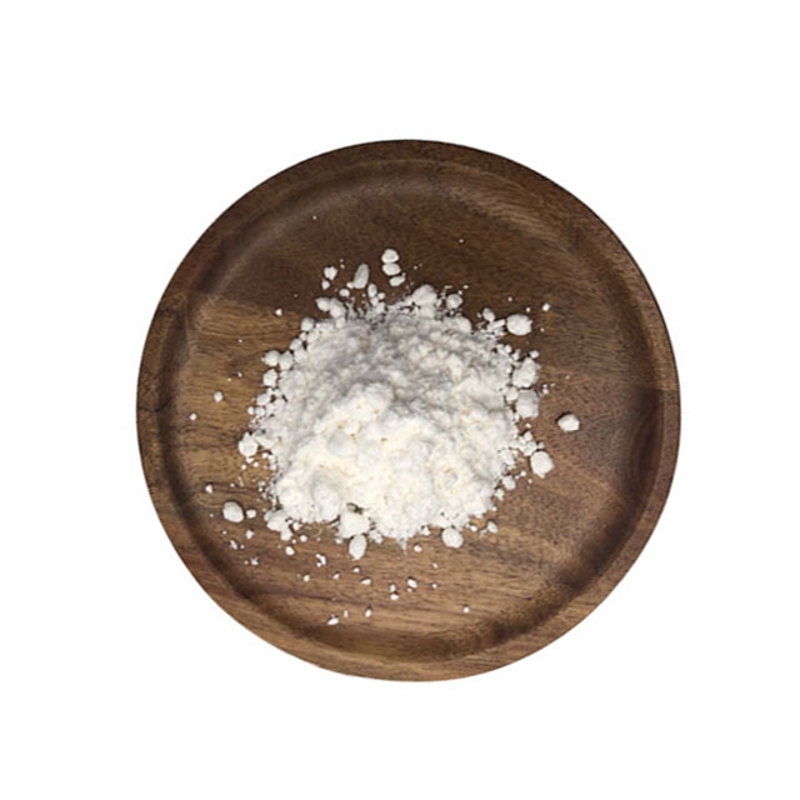-
Categories
-
Pharmaceutical Intermediates
-
Active Pharmaceutical Ingredients
-
Food Additives
- Industrial Coatings
- Agrochemicals
- Dyes and Pigments
- Surfactant
- Flavors and Fragrances
- Chemical Reagents
- Catalyst and Auxiliary
- Natural Products
- Inorganic Chemistry
-
Organic Chemistry
-
Biochemical Engineering
- Analytical Chemistry
- Cosmetic Ingredient
-
Pharmaceutical Intermediates
Promotion
ECHEMI Mall
Wholesale
Weekly Price
Exhibition
News
-
Trade Service
Vitamin D is an essential fat-soluble vitamin produced mainly by skin exposure to ultraviolet radiation.
previous studies have shown that vitamin D has anti-cancer effects in addition to maintaining musculoskeletal health.
vitamin D, whether produced or consumed in the skin, requires two hydroxylation steps to become an active form.
the status of vitamin D by measuring the 25-hydroxyvitamin D (25(OH)D) produced in the first step.
the role of vitamin D in cancer prevention is particularly important, given that levels of 25 (OH) D in the serum can be easily altered through supplementation.
in previous Mendel randomized (MR) studies on 25 (OH) D and cancer, a small number of mutants were usually used to study and conclude that there was no correlation between the two.
, however, these studies do not explain the level of gene errativeness well.
25 (OH)D concentration increase in MR correlation model with cancer risk The study used a larger set of mutants associated with 25 (OH)D (74 SNPs compared to 6 previous studies), the researchers re-evaluated the relationship between 25 (OH) D and 10 cancers through a unified MR analysis.
found that, with the exception of ovarian and substrate cell carcinomas, the results of the remaining cancer analyses were broadly consistent with previous MR results.
, the changes in substrate cell carcinoma decreased after the pigmentation-related variables were adjusted in the multivariate MR analysis.
, the results suggest that a lower level of 25 (OH) D is unlikely to be a causal risk factor for most cancers, and the results provide a more accurate confidence interval than previous studies.







